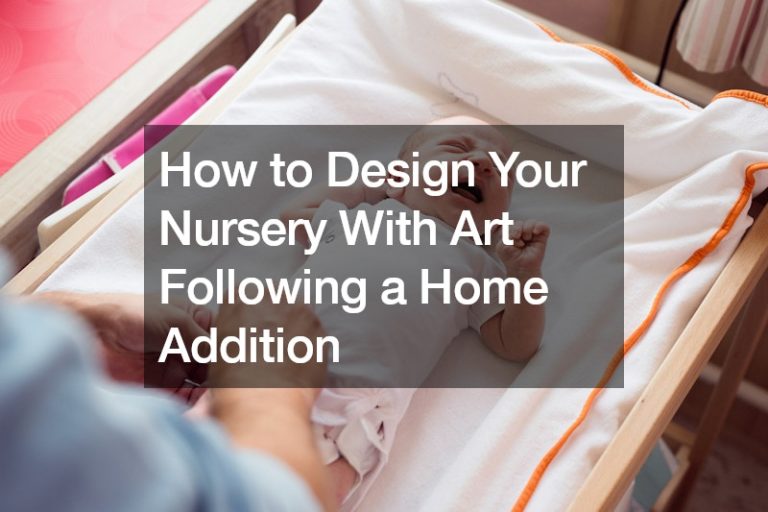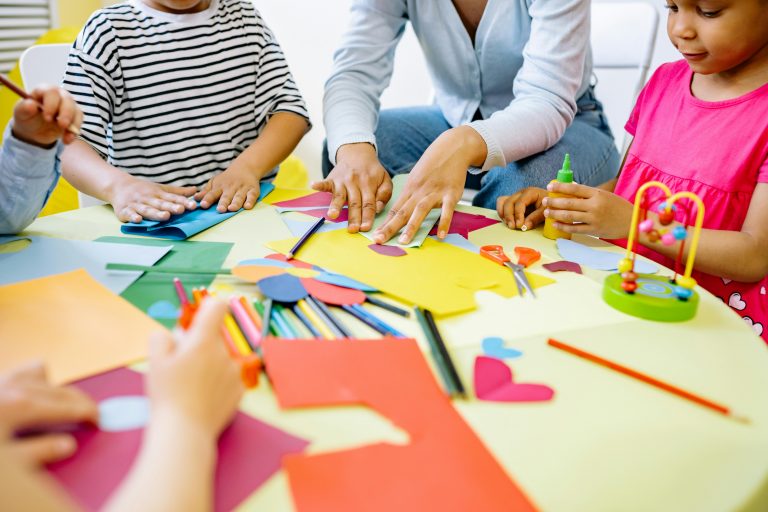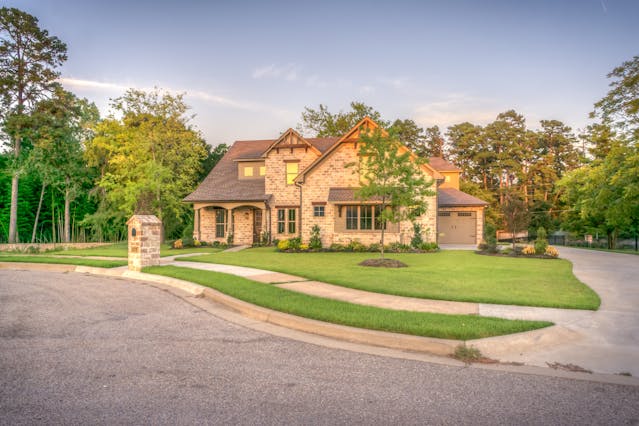Trends in art and design change throughout the years, and the predominant art style never stays the same for a long period. This gradual evolution of art is a welcome feature, however, as it segments our history into eras, creating collective pockets of memories for society. We often look through these as nostalgic memories, present through the memorable moments in our life.
But as we move forward towards the second decade of the 21st century, art has become anachronistic. Designs elements from the past litter the art of today. It’s not too difficult to see art deco used in an ad, or psychedelic posters for a rock concert, or even skeuomorphic logos. Truly, we live in an age of varied design trends, making it an interesting era to live in. Yet some design trends dominate while others take a backseat. Let’s take a look at popular design trends throughout the years that looks to remain popular in the near future.
Neon Cyberpunk
We live in a world dominated by technology. In everything we do, technology is almost always involved. From talking to our loved ones to partaking in our hobby, to even going outside and buying something- technology is there. The way technology permeates our everyday life is not lost on many artists, reflecting on how akin it is to the science fiction subgenre of cyberpunk.
Neon-colored art, displaying extreme examples of technological advancement litter all forms of media, from video games to comic books, to concept art and graphic design. While not exactly an art style as much it is a theme, the neon-infused art style of cyberpunk will remain on our radar as we enter advanced stages of technology reliance.
Abstract and Psychedelic
What started as a trend in the 60s now stands as a cultural icon of freedom and expression. From the bright and colorful palette to the abstract and often strange depictions of normal things, abstract and psychedelic art is on the revival as artists and consumers reflect on the chaos that has become modern times. Repeating patterns of natural shapes, filled with bright and dazzling colors, infused with mystic imagery are making a comeback, not just in t-shirts but also in all manner of design.
Shabby Chic
Long touted as corny and passe, shabby chic still remains a popular form of art style. From interior design to arts and crafts, shabby chic is still a relevant art style- especially in times where we have to stay indoors. The cozy and nostalgic feeling that shabby chic provides makes a strong case for an art style that will remain popular till tomorrow. Never mind that not many actually grew up with such designs, the feeling that it evokes is what matters.
Pixel Art
A direct influence from video games, pixel art should be relatable to a very specific group of people: those who grew up playing video games in the 80s and 90s. Yet pixel art now stands as an art style that relates to a wide variety of people. Primarily consisting of a limited color palette and an even limited resolution, pixel art is a popular format for digital artists looking to design for technology-related matters. While it started as a hardware limitation of digital artists in the late 80s and early 90s, pixel art now functions as an art style of its own.
Monoline Calligraphy
Nowadays, companies of all kinds prefer using monoline calligraphy for their logo. It’s a rather minimalist art style involving geometric shapes and lines with limited colors. While it sounds very simple and rather bland, artists have found a way to make it iconic and evocative of what it represents. From cafes to motorcycle repair shops, to bespoke furniture makers to independent TV and film production companies, it has permeated different kinds of industries thanks to its simple yet memorable nature.

Flat Design
Google, Apple, Android, Facebook, almost all of the tech giants use flat design in their media for a very simple reason: it’s simple and functional. It has risen in the past few years as the dominant art style in the digital space, taking the throne of skeuomorphism in design interface, and even becoming the standard corporate art. Its two-dimensional design using simple geometrical shapes and flat colors makes it easily recognizable and pleasant to the eyes.
Of course, flat design is not without its criticisms, as many people contest that its flat colors lack signifiers to denote whether an icon is clickable or not. But it remains the most popular style in the digital platform, and society as a whole has grown accustomed to it, ensuring its place in the history- and future of design.




